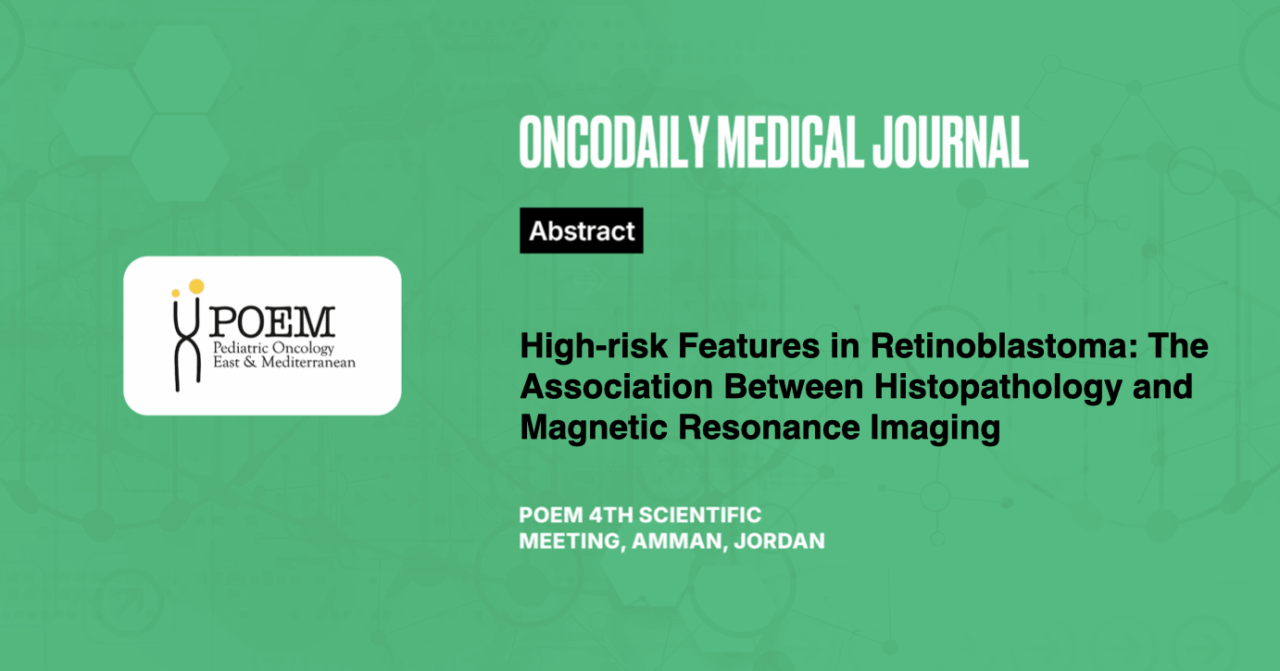High-risk Features in Retinoblastoma: The Association Between Histopathology and Magnetic Resonance Imaging
Abstract
Introduction: Identification of high-risk features is essential for improving treatment outcomes of retinoblastoma. Magnetic resonance imaging is one of the most used modalities in treatment decision making, however, its accuracy in detecting extension into different ocular structures is variable. We aim to evaluate high-risk features in retinoblastoma eyes, comparing magnetic resonance imaging (MRI) to histopathology results in a cohort of advanced retinoblastoma.
Methodology: This was a retrospective chart review of patients enrolled in the retinoblastoma program at the American University of Beirut Medical Center (AUBMC) from November 2012 to December 2022. We included enucleated eyes, classified as Group D or E per the International Intraocular Retinoblastoma Classification (IIRC). Data pertaining to high-risk features were collected from preoperative MRI and histopathological examination following enucleation. Psychometric properties were calculated and analyzed.
Results: Analysis included 48 eyes from 44 patients. Males constituted 52.1% (n=25) of the sample and females 47.9% (n=23). Fifty-eight percent had unilateral retinoblastoma. The median age at diagnosis was 14.5 months (10,34.5). The median follow-up period from the first visit to data collection was 27.5 months (17.3,49). In post-laminar optic nerve involvement, the MRI showed a moderate sensitivity (66.7%), high specificity (71.1%), a high negative predictive value (96.9%), and a low positive predictive value (13.3%). MRI showed a high accuracy in detecting invasion of the anterior chamber (79.2%) and moderate accuracy in detecting invasion of the sclera (62.5%).
Conclusion: MRI showed high levels of variability in detecting high-risk features in advanced retinoblastoma. MRI results ought to be interpreted with caution when making treatment decisions in advanced retinoblastoma.





